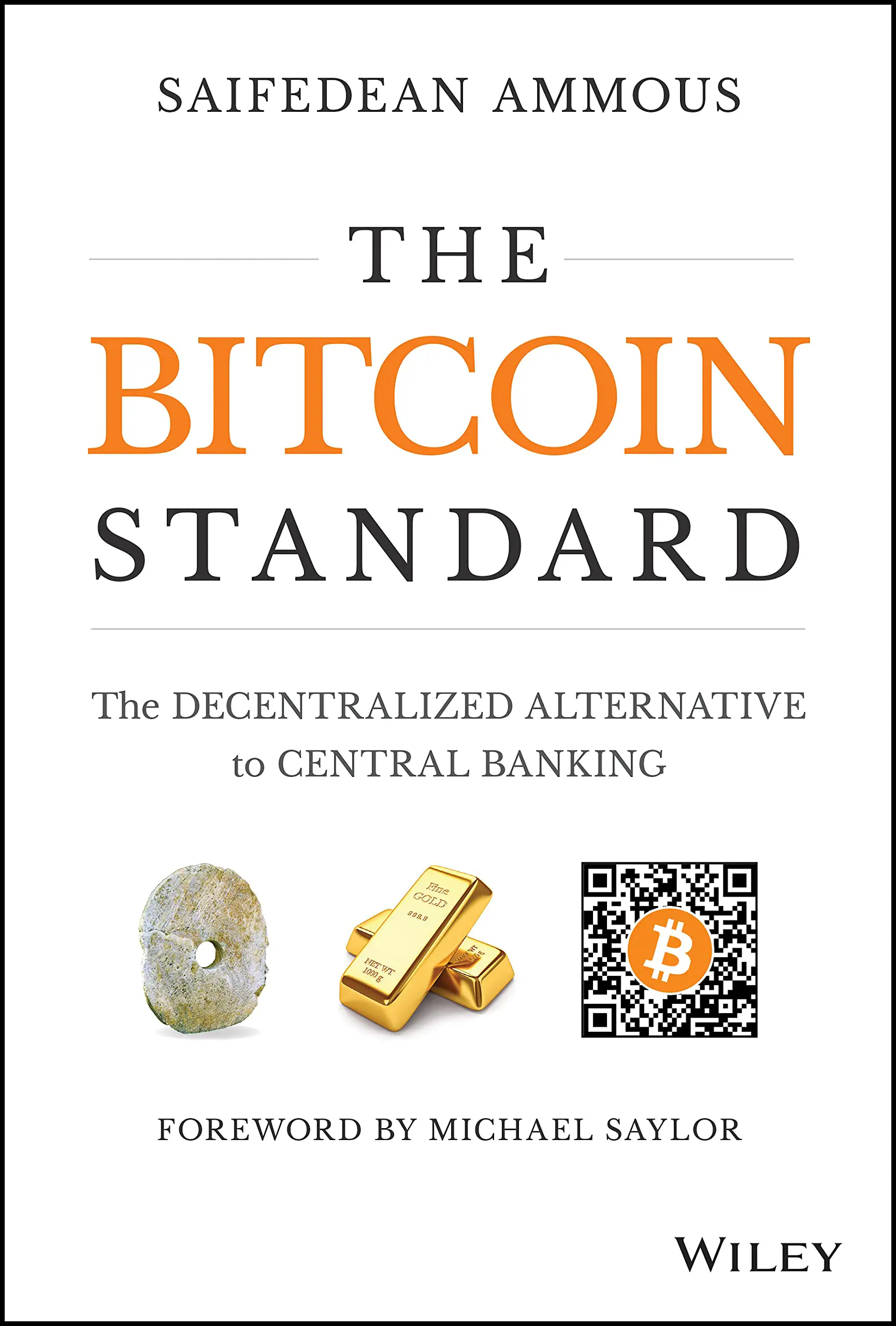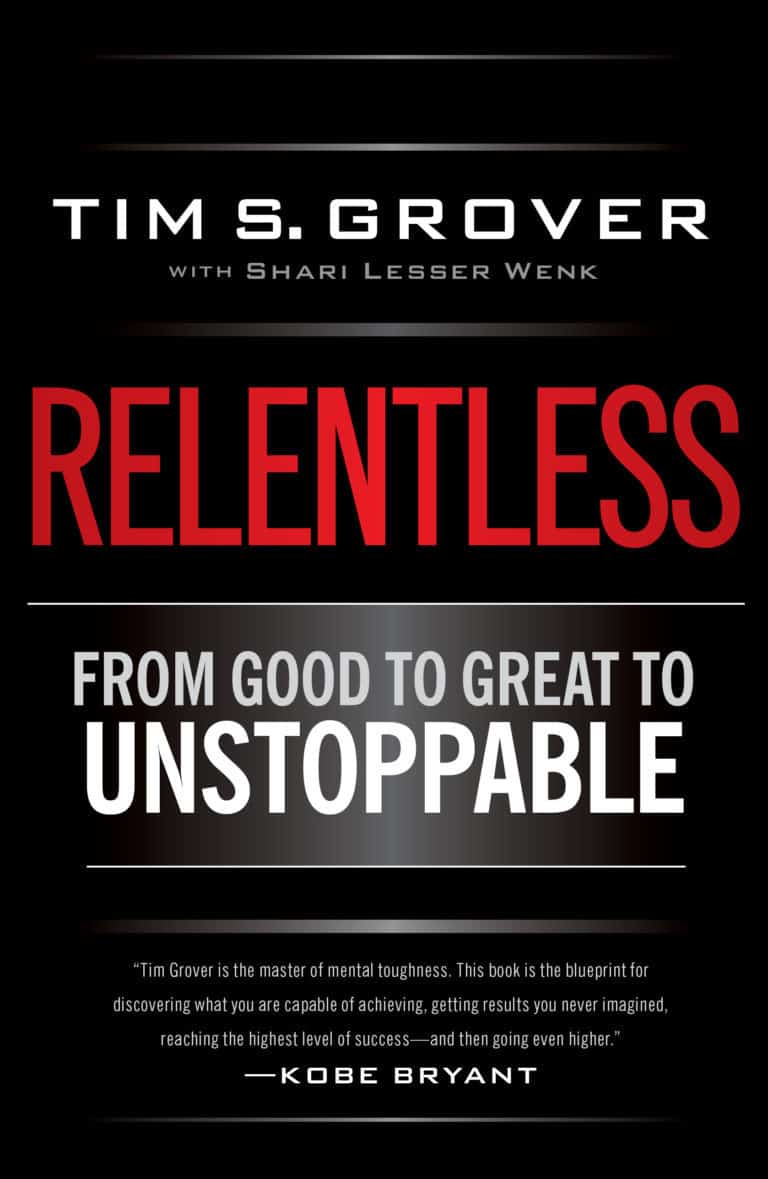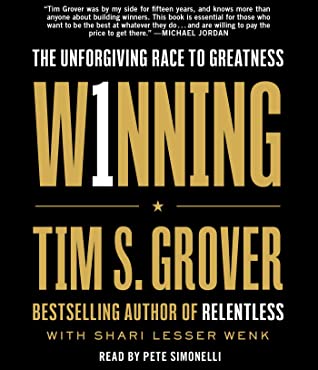The Bitcoin Standard by Saifedean Ammous (REVIEW/SUMMARY)
Introduction
The Bitcoin Standard was written by Saifedean Ammous, a former Associate Professor of Economics. Having studied and taught at Columbia University, the London School of Economics and in Lebanon, Ammous has grown to become one of the most respected voices in the field of Bitcoin and cryptocurrency.
This book lays out the concept of Bitcoin by exploring what money is, the history of money, the problems with our modern monetary system and the solutions that bitcoin was developed to provide.
As the field of cryptocurrency becomes more and more prominent, I wanted to gain a better understanding of Bitcoin and economics from the writing of a man who seems as much an expert as anyone could be. I hope that the chapter summary I have written will give you a better understanding of whether or not the book is for you.

What I thought of the book
Although I have been learning about Bitcoin for a while now, what this book provides goes much further than anything else I have come across. Ammous zooms right out and analyses money as a whole, which helps the reader get a better understanding of exactly the kind of world we live in today. The book is full of complexity, and I found my second reading to be more valuable than my first.
For anyone interested in a meaty book that provides a complete view of money and bitcoin, I couldn’t recommend this book any more than I do. Here’s a link to Amazon if you’re interested
Chapter by Chapter Summary
Chapter 1: Money
“A problem that has persisted for all of humanity’s existence: how to move economic value across time and space? In order to understand bitcoin, one must first understand money”
The most primitive form of value exchange is barter or direct exchange, where we swap our goods and services with each other to meet our needs.
As communities grow and connect with each other, so does the problem of “coincidence of wants”- I want something that you have, but you dont necessarily want anything that I have to barter with. Also, in a barter economy, there is little scope for specialisation. It is limited and inefficient.
Having an agreed medium of exchange is a solution to the problems presented by direct exchange. A good that forms the role of a widely accepted medium of exchange, is called money.
Austrian economist Carl Menger defined saleability as the key property that leads to a good being adopted freely as money on the market. Saleability is the ease with which a good can be sold on the market, whenever its holder desires, with the least loss in its price.
For a good to maintain its value, it is also necessary that the supply of the good not increase too drastically. The hardness of money is the relative difficulty of producing new monetary units. The ratio between a good’s stock (how much there is around) and flow (how much more of the good is produced over time) is a good indicator of the hardness of money.
Check out Dr. Ammous talking with Jordan Peterson about the dangers of FIAT currency:
Chapter 2: Primitive Money
Understanding how large circular stones carved from limestone functioned as money on yap island, today a part of Micronesia will help you understand the function of bitcoin.
The rai stones were of different sizes, weighing up to 4 tonnes. The stones were not native to yap, and all of yap’s stones were brought in from neighbouring islands. The stones were beautiful and rare and therefore desirable, but they were very difficult to procure as they had to be quarried elsewhere, before being shipped on rafts and canoes. The stones would be displayed where everyone could see them- when the owner of the stone wanted to purchase something, he would publicly announce the new owner of the stone. Because everyone knew who owned the stone, there was effectively no risk of theft. This system was used successfully for many centuries.
In 1871, an Irish American Captain called David O’keith was shipwrecked on the island, and briefly cared for by the native people. O’Keith saw the opportunity to sell the coconuts on the island to coconut oil manufacturers, but the natives were uninterested in any form of money that O’keith could offer. So O’keith sailed to hong kong where he procured some explosives, before quarrying several large stones in Palau and presenting them to the people of yap.
Because the stones were so easily quarried and transported, the form of money became significantly softer. The conflict was caused and over time, the rai stone system collapsed altogether. Today the stones serve a predominantly cultural role.
Check out The Bitcoin Standard on amazon
Chapter 3: Monetary Metals
Gold is an ideal store of value due to its very high stock to flow ratio. (Its “hardness”). With other metals, e.g. copper, an increase in its price would inevitably lead to an increase in production, which would lead to an increase in supply resulting in a collapse in its price. This instability in price means that soft mediums like copper do not make ideal stores of value over the long term.
Gold, on the other hand, has a unique set of properties that make it an ideal store of value. It is so chemically stable that it is almost impossible to destroy. Also, it cannot be synthesized from other metals, so any gold produced has to be refined from extremely rare gold ore- a risky and costly process. Because gold is not consumable or really used in industry like silver or copper, the amount of gold present in the world remains vast relative to the new quantities of gold refined every year.
Chapter 4: Government Money
“World war 1 saw the end of the era of monetary media being a choice decided by the free market, and the beginning of the era of government money. While gold continues to underpin the global monetary system to this day, government edicts decisions and monetary policy shape the monetary reality of the world more than any aspect of individual choice.”
Whilst government money used to be exchangeable for gold (you could exchange your paper currency for gold at any time), today the global financial system operates with fiat currency- government-issued currency that is not backed by any commodity like gold, but rather solely by the government that issued it. The monetary system has in effect gone from sound currency (money redeemable for concrete resources like gold) to unsound (money not truly backed by any concrete resource).
This distinction means that governments can actually print money out of nowhere and have it accepted by their citizens. Whilst this empowers government spending and eases pressure in the short term, in the long term it leads to inflation and a devaluing of the ever more unstable fiat currency.
New to bitcoin? check out this made simple introduction video:
Chapter 5: Money and Time Preference
Time preference is defined as the perceived value of a good in the present as compared to the future. Sound money leads to people having a lower time preference.
This stability of monetary value leads to people being able to think more long term: If you can be sure your money will be worth the same in the future as it will today, you are in no rush to spend your money before it loses its value due to inflation.
Longer-term thinking/lower time preference is also what allows us to invest our time and resources into capital goods, rather than pure consumption. All animals hunt for food, but only humans invest time into creating machines and processes for ever more efficient food production. As time preference decreases, civilisation becomes more civilised.
A global monetary system based on sound money allows for more stable and prosperous trade, as companies and individuals can be sure that currencies in the system will hold their value over time. Furthermore, sound money gives individuals freedom and security, as no oppressive state can just “print more money” in order to gain purchasing power out of nowhere at the expense of individuals.
Chapter 6: Capitalism’s Information System
“The cause of waves of unemployment is not capitalism, but governments denying enterprise the right to produce good money”
Friedrich Hayek
The third role of money, after being a store of value and a medium of exchange, is to serve as a unit of account.
In a free-market capitalist economy, prices convey information efficiently. If there is a disaster that causes the production of a good to be reduced, there will be a proportional shift in its price. This rise in price will convey information to other producers of the good, who will then increase their production to capitalise on this new higher price to the extent that they are willing and able to give their own situation. Similarly, consumers of the good (be it other firms or direct consumers) will demand less of the good as a result of the new higher price, again to the extent that they are willing and able given their own set of unique circumstances.
All the information necessary has been efficiently conveyed to everyone involved in the production and consumption of a good, purely by the fluidity of the price.
The failure of a socialist society in the 20th century can be explained in a few ways, but one shortcoming of socialist economies is this lack of a true price mechanism. If the resources are centralised and then allocated, how can the central organisation possibly know the most optimal way to allocate the resources?
How can a government possibly know the most efficient resources to produce, in a world where the government owns all the car factories and train factories and steel factories etc? In a centralised resource allocation system like this, the price fails to represent the true markets needs and preferences and economic failure seems inevitable.
Check out the book for yourself!
Chapter 7: Sound Money and individual freedom
“Governments believe that when there is a choice between an unpopular tax and a very popular expenditure, there is a way out for them. A way towards inflation. This illustrates the problem of going away from the gold standard”
Ludwig Von Mises
“The fundamental scam of modernity is the idea that government needs to manage the money supply”
There are two main government-approved schools of economic thought: Keynesians, and monetarists. Whilst disagreeing in some ways, both schools agree that the government has to expand the money supply. This widely unquestioned assumption is what users of bitcoin dispute.
The author also draws a link between unsound money and war in this chapter. The three factors that drive the relationship between unsound money and war:
- Unsound money is, itself, a barrier to trade between countries because it distorts value between countries and makes trade flows a political issue.
- Governments controlling the money supply allows them to actually print money to fund a war. They can theoretically keep fighting a war until they have totally devalued their own currency.
- Individuals, in a world of sound money, have a longer time preference. This kind of thinking encourages cooperation and peaceful trade and discourages conflict.
There is also a case made in this chapter for a limited government, rather than the omnipotent ones of today. The quote “The government which is best is that which governs least” by Henry David Thoreau summarises the underlying spirit of the argument.
Check out this full interview with Michael Saylor, Who’s company MicroStrategy owns over 4 and a half billion dollars worth of bitcoin:
Chapter 8: Digital Money
To understand the significance of technology for digital cash, it is instructive to look at the world before bitcoin was invented. Before bitcoin there were 2 distinct payment methods:
- Cash payments. In-person, between 2 parties. These payments are immediate and final and require no trust from either party. Both parties must be in the same place at the same time.
- Intermediated payments. Require a trusted third party. These payments include all banking and digital banking, as well as technologies like PayPal. Both parties can be anywhere in the world, and you do not have to carry your money around. The drawback of this method is the trust that must be placed in the intermediate third party as well as any transaction costs.
In a nutshell, Bitcoin was the first engineering solution that allowed for digital cash payments, between two parties (with all of the convenience that brings) without the need for a trusted third party to oversee and verify transactions. Payments are then immediate, and final, require no trust from either party, and both parties can be anywhere in the world.
Bitcoin works in this way as it was designed to be the first digital object to be verifiably scarce. It is the first example of true digital cash.
Chapter 9: What is Bitcoin Good For?
- Store of value. As previously explained, the stock to flow ratio of a good determines its use as a store of value. With the rai stones on yap, their value led to overproduction which lead to a price collapse. With chinas silver standard, the value of silver-lead to overproduction which lead to a price collapse. Gold’s success as a store of value can be explained by its chemistry and rarity- it is extremely difficult to destroy, and extremely difficult to mine. So even if the price of gold increases significantly, the amount of gold mined would only increase very slightly. Bitcoin has this scarcity to an even greater extent- Bitcoins cannot be destroyed, and there will only ever be 21 million bitcoins in the world due to the way the technology was designed.
- Individual sovereignty. Bitcoin holders can send large amounts of cash, across the planet, without having to ask for the permission of anyone. Your bitcoin cannot be influenced by criminals, politicians, or any other outside forces.
- International and online settlement. Bitcoin offers a stable and reliable way of peer to peer money transfer, over the internet, that is completely independent of any political organisation. It has the benefits that gold as money offers, combined with the benefits of the internet and virtual economics.
- Global unit of account. This final application is not likely to materialise anytime soon, as there are still issues with volatility and questions to be answered. But Bitcoins unique properties mean that a future where bitcoin is used globally as a store of value is not unimaginable.
Chapter 10: Bitcoin Questions
The questions answered in this chapter include:
Is Bitcoin mining a waste?
Can Bitcoin scale?
Is Bitcoin for Criminals?
What would you have to do to actually “Kill” Bitcoin?
Plus a look at “Alt” coins and blockchain technology
Click here to check out this book on Amazon
Enjoyed this article? Check out some of our others:
Why is it necessary to set goals in life?






